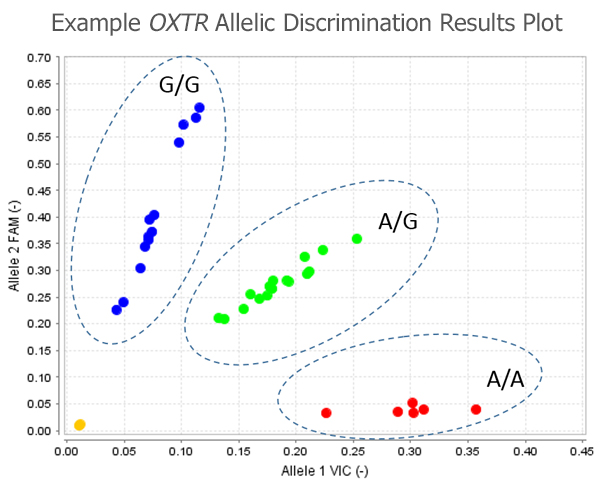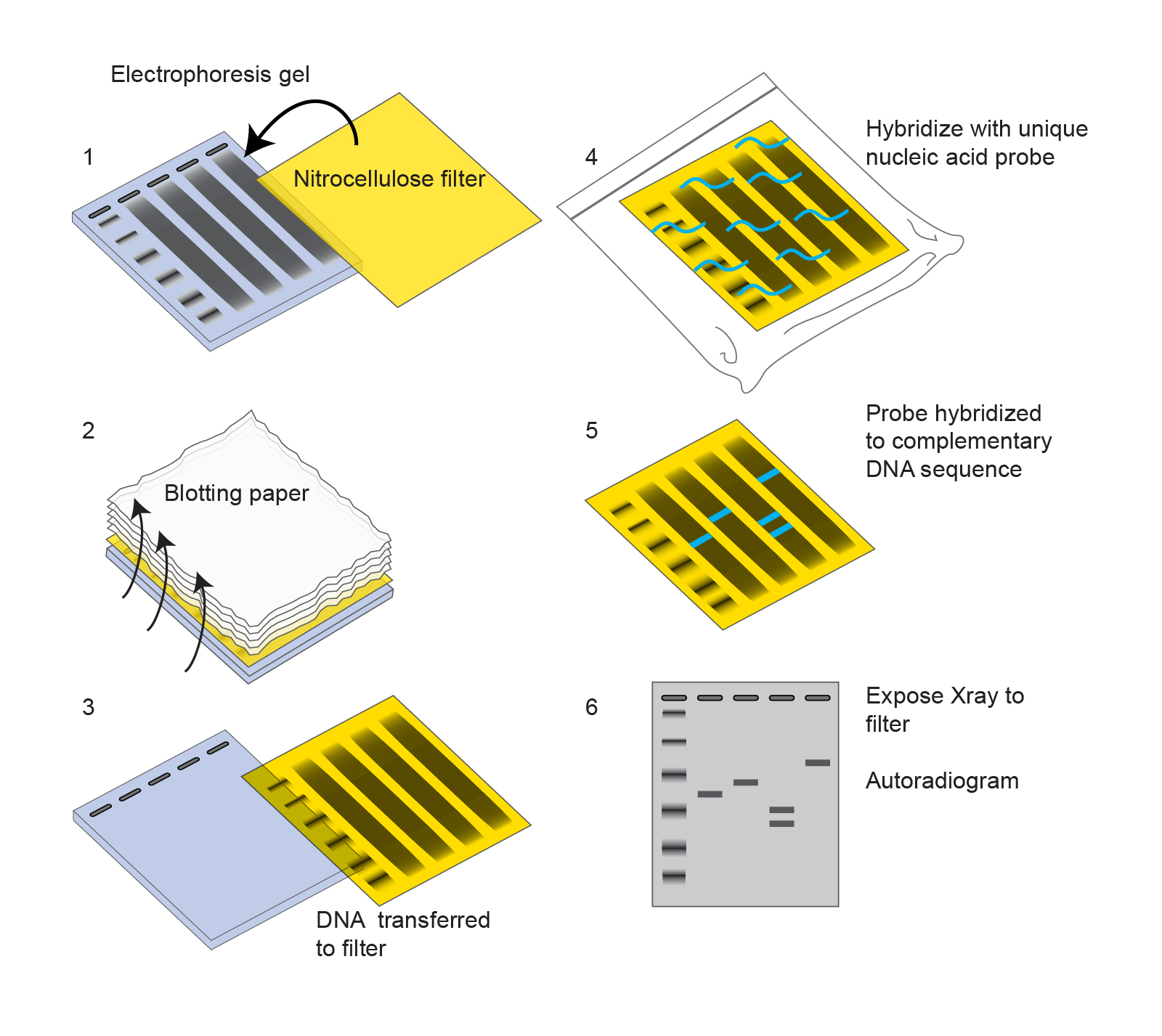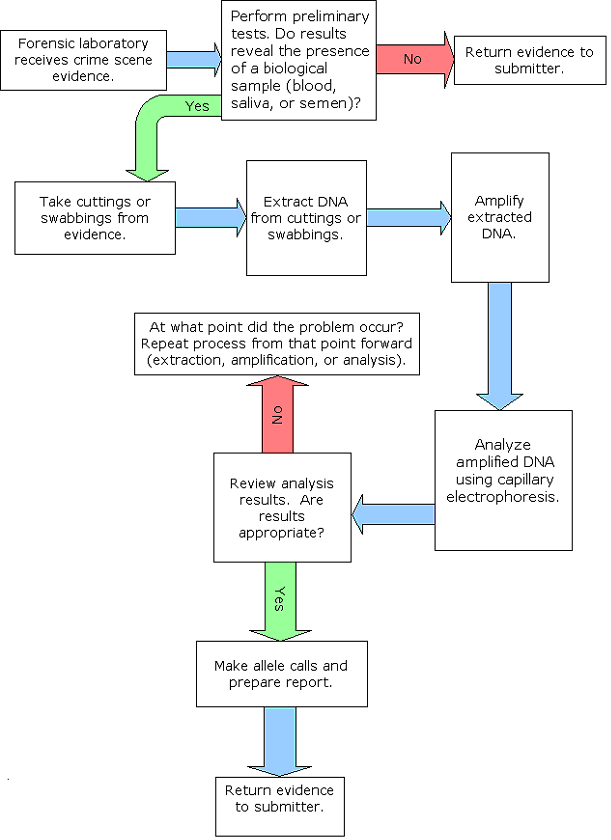Which Is a Method of Preparing Dna for Forensic Analysis
Modern DNA analysis is based on the statistical calculation of the rarity of the produced profile within a population. To understand the challenges involved in such technology transfer it is instructive to compare.

Dna Fingerprinting Or Dna Profiling Rflp Based Pcr Based Dna Fingerprinting Steps Application Youtube
The Gordon Research Seminar on Forensic Analysis of Human DNA is a unique forum for graduate students post-docs and other scientists with comparable levels of education and experience to share cutting-edge newunpublished scientific research.

. DNA typing results indicated that until 1 month after death any of the four hard tissue samples could be used as an alternative to teeth allowing analysis of all of the loci. How-ever proteomic analysis can overcome some of the challenges of using DNA-based techniques for specific types of forensic samples such as. DNA amplification by PCR pro-vided an enormous increase in sensitivity allowing minute amounts of degraded DNA to be analysedand now forms the basis of all forensic DNA typingEarly PCR-based systems targeted a small number of SNPs in the HLA-DQA1 GENE 7Although these systems were use-.
Butler in Advanced Topics in Forensic DNA Typing. Current DNA-based forensic analysis methods rely on Polymerase Chain Reaction PCR to amplify predetermined regions of genomic or mitochondrial DNA for comparative analysis scoring variations in the size of the amplified DNA segments. This chapter discusses some technologies with potential impact on future forensic DNA analysis and the value of automation to increase sample throughout.
Amplicon targeted sequencing by massively parallel sequencing PCR-MPS is a potential method for use in forensic DNA analyses. DNA profiling is the determination of a DNA profile for legal and investigative purposes. Difficult and highly degraded DNA samples are the bane of every forensic DNA analyst.
NGS technologies have the promise of providing information in both of these dimensions thereby expanding the utility of mtDNA analysis in forensic science. Ethidium bromidecesium chloride EtBr-CsCl gradient centrifugation method. However in terms of the sampling site collection method and sample size adjustment the rib appeared to be the best choice in view of the ease of specimen preparation.
When possible DNA samples are collected stored and transported from the crime scene to the laboratory carefully and with the proper protocols in place. What is the method of preparing DNA for forensic analysis. 19142 Generation of the Sample Details Report.
There are various methods of extraction as mentioned below though commonly used are Chelex-100 method silica-based DNA extraction and phenolchloroform method. The parts analysed are called short tandem repeats STRs. Techniques using organic reagents for DNA extraction are well accepted in the forensic science community.
Mutations that affect the number of repeats are relatively common so within a population there are usually. Responding to advances in complementary technologies like GC-MS and LC-MS researchers from Boston University School of Medicines Biomedical Forensic Sciences program have authored a study review of current sample preparation techniques and considerations for different sample types that are typically encountered in forensic toxicology cases. The forensic DNA field has advanced quickly over the past several decades but has now stabilized on short tandem.
A small amount of DNA is put into the instrument and it replicates to for a. PCR Method Enables Better Analysis of Degraded Challenging DNA Samples. 191421 In the Plexor Analysis software navigate to the Sample Details tab.
The 2022 GRS will include discussion-based presentations that explore. Challenging forensic DNA samples extracted from for instance bones and hair can be degraded andor contain very little DNA. Currently analysis of DNA through PCR-based genotyping and genomics sequencing approaches are the gold standard techniques in human forensic science 4.
This enables forensic scientists to make billions of DNA copies from small amounts of DNA in just a few hours. Chromatography-based DNA extraction method. The sample is then cooled to allow the primers to anneal to the DNA segments.
While this works extremely well for fresh or well-preserved DNA samples it is common for the DNA in. 21 DNA analysis in forensic science short tandem repeats Only small sections of an individuals DNA are analysed routinely for forensic evidence. Organic extraction methods are often preferred for the extraction of biological stains containing small amounts of DNA or degraded DNA01-05 These methods could be considered less harsh than other methods such as the use of Chelex beads because no.
The use of the polymerase chain reaction PCR technique we can generate multiple identical copies from trace amounts of original DNA evidence. Of the template DNA is achieved by repeating a 3-step process through 25-30 cycles in a thermal cycler. Roughly speaking DNA Fingerprinting is a method of DNA analysis used by Forensic Scientists to help solve crimes.
The temperature is raised to allow the DNA polymerase to add nucleotides to extend the primers to. The two DNA strands are denatured by heat. The method that is required to prepare the DNA for the forensic analysis is to replicate in the amount that is easily detectable in any biomedical instrument for the analysis.
Each cycle has three steps. Make sure that only the correct columns are showing and in. The DNA produced with PCR can be analyzed using DNA fingerprinting techniques.
The forensic use of DNA typing is an outgrowth of its medical diagnostic useanalysis of disease-causing genes based on comparison of a patients DNA with that of family members to study inheritance patterns of genes or with reference standards to detect mutations. Mitochondrial DNA mtDNA analysis is often utilized on these kinds of. Autosomalmale DNA concentration if no Y DNA is detected in the sample.
This technique was first discovered by Professor Alec Jeffreys of the University of Leicester in 1984 when he found that DNA varies in each human being and makes us unique. The polymerase chain reaction can be defined as the process which is used to amplify the DNA in the huge amounts. In this application PCR-MPS may supplement or replace other instrumental analysis methods such as capillary electrophoresis and Sanger sequencing for STR and mitochondrial DNA typing respectively.
DNA analysis methods have changed numerous times over the years as technology improves and allows for more information to be determined with less starting material.

Differential Extraction An Overview Sciencedirect Topics

Touch Dna An Overview Sciencedirect Topics

Collecting And Handling Saliva For Dna Analysis Salimetrics

Forensic Dna Typing An Overview Sciencedirect Topics

Nist To Assess The Reliability Of Forensic Methods For Analyzing Dna Mixtures Nist

The Process Of Dna Extraction Using The Paper Based Dna Extraction Download Scientific Diagram

Case And Control Study For Genme Wide Association Study Gwas Genetic Abnormalities Genetic Variation Observational Study

Phenol Chloroform Extraction An Overview Sciencedirect Topics

Pdf A Simple And Efficient Method For Extracting Dna From Old And Burned Bone

Dna Contamination An Overview Sciencedirect Topics





